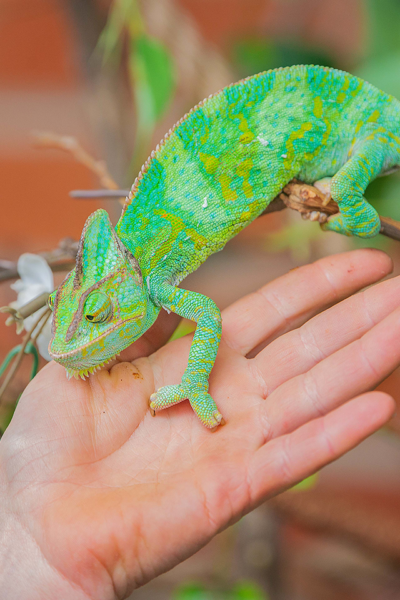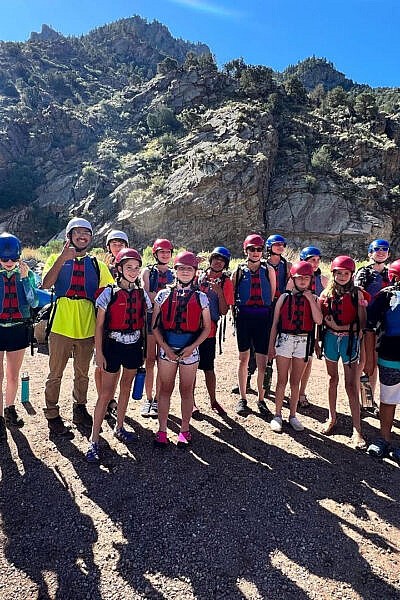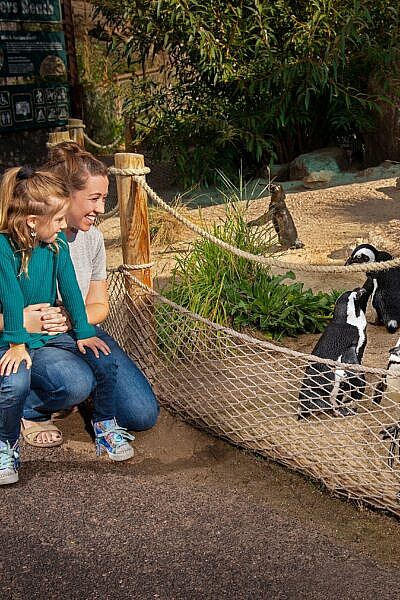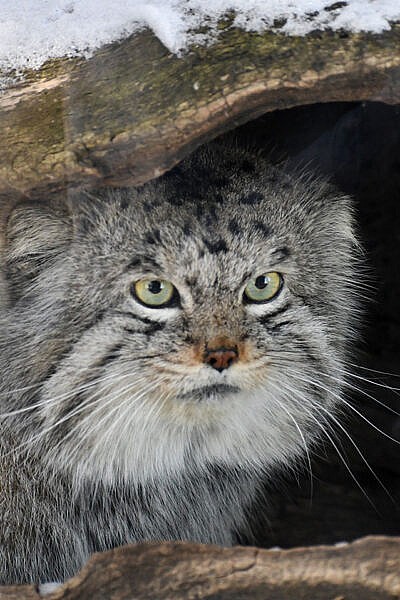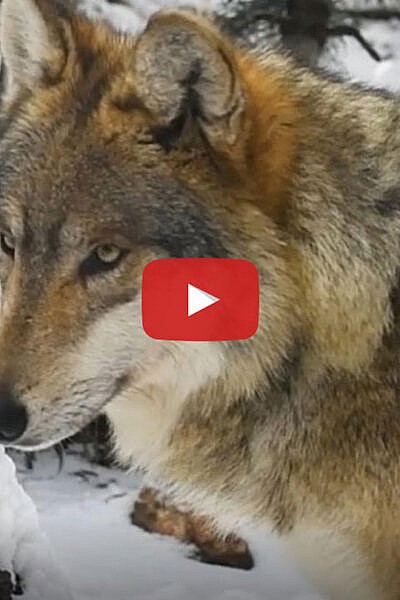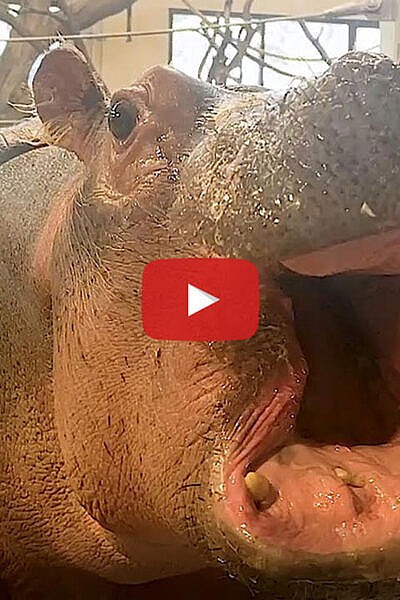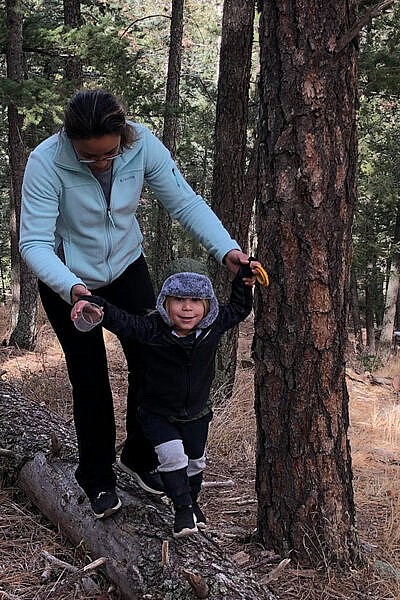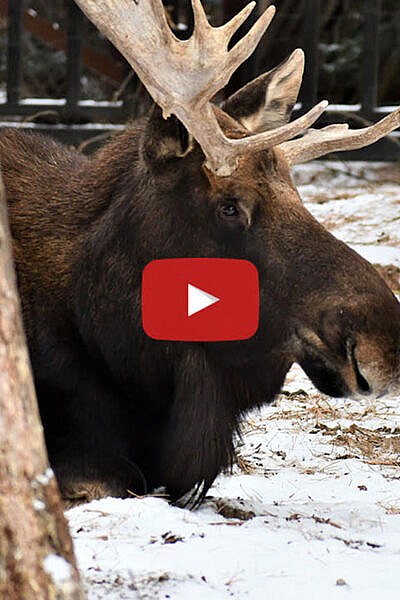Zoos often talk about the importance of Species Survival Plans (SSP). While it’s hard not to fall in love with baby animals, it’s important to remember why zoos work so hard to bring them into the world. As matchmakers for the zoo animal kingdom, SSP coordinators study genetics of animals in human care and make breeding recommendations to pair potential mates whose offspring would be the most genetically diverse. The babies represent hope for the future of their species.
SSP coordinators are usually volunteers that work for an organization accredited by the Association of Zoos and Aquariums (AZA), but don’t typically work directly for AZA. They serve as a central resource for zoos that support the SSP, and how each organization is equipped to help. Although the SSP makes the recommendations, each facility decides how they can contribute through breeding and raising young, moving an animal, welcoming a new animal, or providing a quality home for animals that aren’t breeding.
Typically, SSPs make new breeding recommendations every three years. So, it’s no coincidence that zoo enthusiasts might notice the same species of animal moving to and from several zoos around the same time.
But, animals don’t always move to breed. They could move to make space for more offspring or a new partner. An older member of the family might join a new family or a bachelor group of non-breeding males, for example.

CMZoo supports the Mexican Wolf SSP. For many years before these successful breeding efforts, the Zoo housed a bachelor pack of wolves. Later, the SSP placed various unsuccessful breeding pairs at CMZoo. Until Luna and Navarro’s first litter, in 2018, it had been 20 years since wolf pups were born at CMZoo. Our late matriarch, Luna, and her mate, Navarro, contributed six pups to the Mexican Wolf SSP. Phoenix, Shadow, Bluestem, Hope and Lupa were born in 2018 and Uno, a singleton pup, was born in 2019.
For now, CMZoo will contribute to the SSP by providing a quality home for Navarro, Uno, Hope, Phoenix and Shadow. In 2020, Bluestem moved to another facility on a breeding recommendation, and Lupa now lives at an AZA-accredited zoo in New Mexico.
“It’s exciting to welcome new animals and we understand that it can be difficult to see an animal move, but we all have to remember we’re working to save species,” Ashley Arimborgo, Cheyenne Mountain Zoo’s registrar, who often oversees the coordination between zoos that are transferring animals on breeding recommendations to and from CMZoo. “The great thing is, you can usually keep up with your favorite individuals on other zoos’ social media channels if they move away from CMZoo.”
Once the recommendations are made, organizations decide if they can support the recommendations, and the SSP coordinator connects zoos so they can arrange travel plans. Before a zoo might welcome babies, there are a lot of “Tetris pieces” that have to fall into place.
“Even after animals move to make room for breeding partners and those breeding partners arrive, it’s typically a lengthy process,” said Arimborgo. “Once an animal arrives, our focus shifts from genetics and logistics to individual care and compatibility. Our animal care teams work to make the new arrival comfortable and then might start introducing the potential breeding pair.”
Howdies are opportunities for animals to see, smell and hear each other with a protective barrier in between them. If animals consistently show positive signs of interest in each other, the next step might be to introduce them without a barrier for incrementally increasing periods of time. But, just because they’re genetically compatible doesn’t always mean they are immediately compatible as individuals.
CMZoo’s Pallas’ cats, Bo and Nancy, have a breeding recommendation, but unfortunately haven’t been successful producing offspring, even though they are cohabitating successfully. Another complication in animal breeding is that some species, like Pallas’ cats, have miniscule windows of fertility. Female Pallas’ cats are usually only fertile for a maximum of 46 hours per year, which is really short compared to other cats and animals. Keepers work with them throughout the year to give them the best chances at breeding when the very limited time is right each winter.
“In the end, it’s mostly up to the animals,” said Arimborgo. “We lean on science and expertise in animal behaviors to provide the best possible environment, but those elements alone don’t guarantee success. Or, you could see an immediate connection between the animals and welcome a baby in a matter of months.”

The ring-tailed lemur family in Water’s Edge: Africa welcomed three babies seemingly as soon as they had the chance. In 2020, Allagash and her sister Rogue were introduced to breeding male, Hercules. The following spring and summer, Rogue welcomed Water’s Edge’s first baby ever, Maky, and Allagash welcomed twins, Elo and Anja. Now, with six lemurs on Lemur Island, CMZoo supports the Ring-Tailed Lemur SSP by providing them with a life of care and choice.
There are hundreds of SSPs supported by organizations that care for animals. CMZoo supports many of them, including the Black-Footed Ferret SSP, Giraffe SSP, African Lion SSP, Orangutan SSP, and more. But, not all species have an SSP.
“Regardless of whether an animal is endangered in the wild, there sometimes aren’t enough animals in human care to support an SSP,” said Ashley Arimborgo, Cheyenne Mountain Zoo’s registrar. “Because genetic diversity is so important to the viable future of a species, if the larger zoo community can’t support breeding, we focus on another species that we could help.”
Next time you’re adoring a cute baby animal at CMZoo, we encourage you to reflect on the importance of its overall existence to inspire people and contribute to the future of its own species.
Back to The Waterhole

